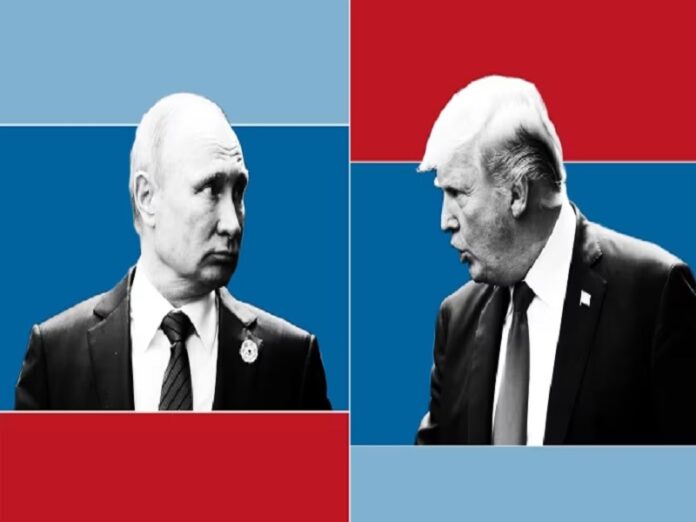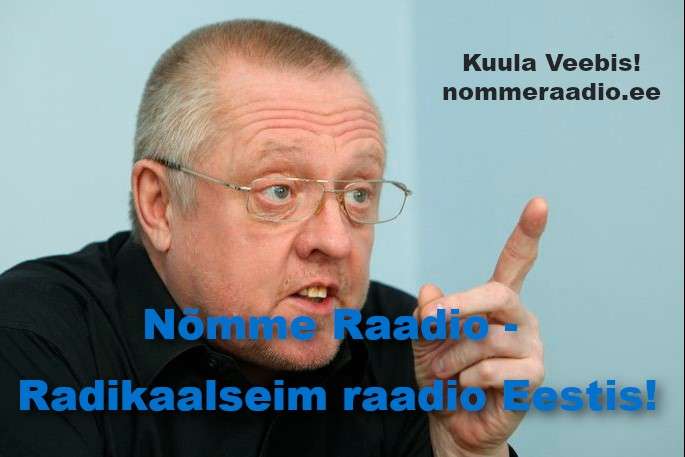Trump and Vance’s latest comments on their country’s talks with Russia show that the US’ negotiating stance has toughened. The first echoed Zelensky by calling for an unconditional 30-day ceasefire and threatened to impose sanctions if it’s violated, which followed the second revealing that Russia’s demand for Ukraine to withdraw from the entirety of the disputed regions is “asking for too much”. Altogether, they confirm the US’ growing impatience with the peace process, which began in late March.
Back then, Trump threatened to impose strictly enforced secondary sanctions against those who purchase Russia’s oil if he determined that it’s responsible for the peace talks’ potential failure. One month later, he speculated that Putin is “just tapping me along”, during which time he reaffirmed the aforesaid sanctions threat. Shortly after, the US and Ukraine signed their long-awaited minerals deal, which this analysis here correctly predicted would be followed by more American weapons packages.
Although it was planned far in advance of the abovementioned developments, Putin’s latest meeting with Xi in Moscow arguably took the form of Russia’s response seeing as how he and his Chinese counterpart spent a whopping seven hours together in talks. It was foreseen right before their meeting that “Putin & Xi Might Hash Out A Grand Deal That Would Enter Into Force If The Ukraine Talks Collapse”, which appears to have been exactly what happened and could have provoked Trump’s latest post.
The US already knows that Russia is against an unconditional 30-day ceasefire because it rightly fears, per the precedent of prior ceasefires during the Minsk Accords era, that this would be exploited to give Ukraine time to rotate its troops and rearm ahead of reinitiating hostilities. It’s also important for Russia to obtain full control over the entirety of the disputed regions as part of a peace deal in order to fully incorporate and denazify those territories that it now legally considers to be its own.
Vance’s comments make it clear that the US considers this to be “asking too much” and therefore won’t coerce Ukraine into withdrawing from them, thus suggesting that Trump’s subsequent call for an unconditional 30-day ceasefire is meant to indefinitely freeze the Line of Contact against Russia’s wishes. Threatening strictly enforced secondary sanctions for lack of compliance, presumably against those who purchase Russia’s oil, is meant to simultaneously pressure Putin and his country’s top oil clients.
In connection with that, Trump’s disclosure that he discussed joint efforts to end the Ukrainian Conflict in his latest call with Erdogan and his recent remark about how “I think it’s a natural thing to ask” China to assist with this suggests that he envisages Erdogan and Xi pressuring Putin. They’d be incentivized to do so for fear of the US enforcing Trump’s threatened secondary sanctions against their countries if they refuse or fail after trying. Modi could be roped into this too since India is another top Russian oil client.
Unless there’s a breakthrough, such as Russia steamrolling across the Line of Contact or conceding to freeze it in exchange for something significant from the US (which the public might not be privy to), this sequence of events suggests that the peace process might soon collapse. The US is preparing for that scenario by signaling why it might happen from its perspective and hinting at what it’ll do in that case (i.e. more anti-Russian sanctions and arms for Ukraine) so its proxy war with Russia might soon escalate.







